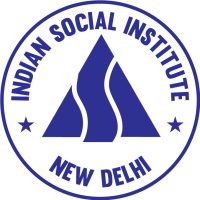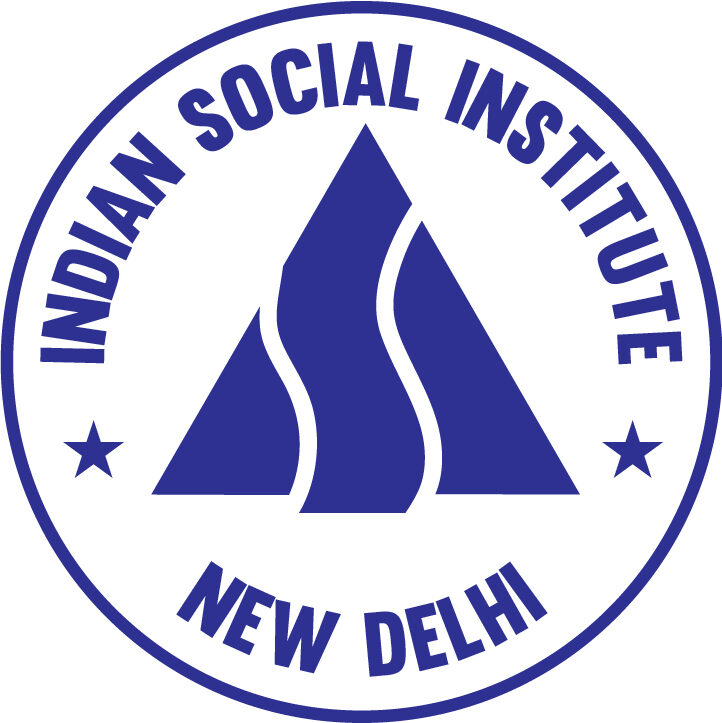Invitation

Concept Note
Of the many dimensions of democracy, one may take up two dimensions: procedural democracy and substantive democracy. Procedural democracy deals largely with elections, and substantive democracy deals with rights and welfare. Democracy aims at building an inclusive society. Contemporaneously, democracy in India is being twined with digital technology. Digitalization is a mode of interaction that has disembodied communication and is cast into an astral space where everyone is potentially included but from where exclusion and marginalization are made possible on an almost limitless scale. It simultaneously allows voices to come in, is truly democratic in one sense and extremely exclusionary and can create illusions and negative opinions on a large scale. It would be interesting to explore how it has impacted political representation and political participation among citizens in India.
Digital democracy refers to the idea of democratisation through digital technology. As a phenomenon, digital democracy interconnects two evolving areas: democratic self-government and digital infrastructure. However, there has been no clear definition of digital democracy.
Digital democracy has two dimensions: the analytical and the normative. The analytical lens shows us how to use digital technology, which may influence the conditions, institutions, and practices of political engagement and democratic governance. The normative dimension enables us to think about democracy as an open, alterable form of political organisation always in the making. It has dynamic features like conflicting principles, interpretations, and aspirations endemic to the democratic idea of rights, freedom and equality. Digitalisation has played a significant role in redefining and reshaping the media landscape. This landscape brings new possibilities for imagining, realising and practising political self-determination.
For democratic processes to emerge, it is necessary to incorporate transparency, accountability and public participation as a part of its governance systems. The concept of governance refers to the process of decision-making and decision implementation. Although it has existed for a long time, the concepts of ‘good governance’ and ‘bad governance’ have recently received considerable attention in scholarly debates and literature. Good governance, in short, means providing maximum services equitably to the people. It has basic elements of participation, accountability, transparency, being consensus-based, effective, efficient, equitable, law-abiding, impartial, and ensuring limiting corruption. Good governance is inclusive and considers the views and well-being of minorities and the various sections of society. Bad governance, on the other hand, would mean a repudiation of several or more of the criteria mentioned. The overall effects of bad governance result in increasing inequality, higher levels of corruption, misinformation, lies and misconduct of the officials in charge of governance, including those at the highest peak of power. Bad governance may also impact external relations and cause security threats, although internal and external governance may not concur, and one may proceed well while the other may not.
The digital medium empowers ordinary people to participate in democracy and allows people to make decisions. The government of India launched the Digital India programme on July 1, 2015, to promote the digitalisation process. The promoted programme was perceived to connect rural areas with a high-speed internet network. This was aimed towards inclusive growth in electronic services, products, manufacturing, and employment opportunities. It covered digital infrastructure, governance, services on demand, and digital empowerment of citizens.
In digital democracy, technology and information are seen as means of governance. For instance, during the COVID-19 pandemic, ‘digital transformation became the most used means of new public administration and governance. Digital technology has become the forerunner of accelerated economic growth worldwide and has emerged as an essential growth-associated factor in India. It has enhanced access to information among various sections of the population. Digital democracy claims to reduce corruption, but it is a double-edged sword that can be misused to enhance corruption.
While digital democracy claims several promises of ushering massive transformations in the field of information and communication, a considerable number of people, especially those from rural areas and marginalised sections have been excluded from the benefits of digitisation in India. There are therefore many hidden dimensions, underlying power structures and insidious structural inequalities that affect the way in which digital democracy actually operates and there is a need to initiate dialogues and debates on digital democracy, good governance and inclusive politics in India.
Against this backdrop, this two-day national seminar has been planned to discuss the impact of digital democracy and inclusive politics. Experts and researchers are expected to present different dimensions of ‘Digitalization, Democracy and Inclusive Politics in India‘. This seminar also aims to develop a comprehensive understanding of the impact of social media and digitalisation in the backdrop of the recently held general election in India.
Themes for the Seminar
The sub-themes of ‘Digitalization, Democracy and Inclusive Politics in India’ cover technology, governance, political participation, society, and the ideas and practices of inclusivity. Important sub-topics are as follows.
- The subtheme focuses on how digital platforms and technologies enhance or otherwise affect government services, transparency and efficiency.
The Digital Identification System is an online portal for government services, records digitisation, and citizen engagement. This subtheme analyses the role of digital tools in facilitating citizen participation in decision-making processes. Online consultations, surveys, and platforms can be included, which give citizens consent and consensus on policy matters.
Discuss the challenges and concerns related to the security of digital systems and the protection of citizens’ privacy.
This section highlights how political representations contribute to digital platforms, including the representation of women, minorities, marginalised communities, and social media.
Emphasis on examining the challenges of unequal access to technology and the potential expansion of existing inequalities through the orchestration of negative comments, shaming, ridicule, and the spread of fake news, lies, and doctored videos.
This section mainly focuses on how digital technology promotes authoritarianism and its potential and capacity to make or break images and reputations and influence mass opinion to promote societal dictatorship.

